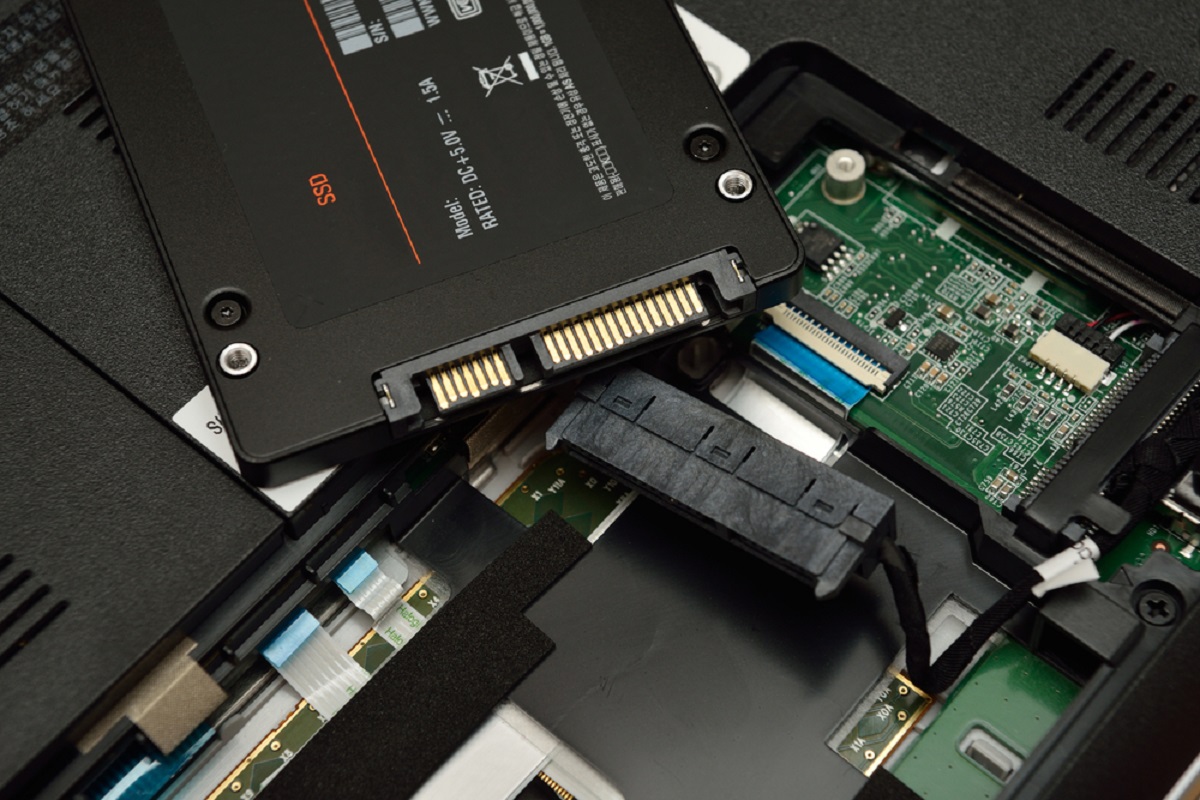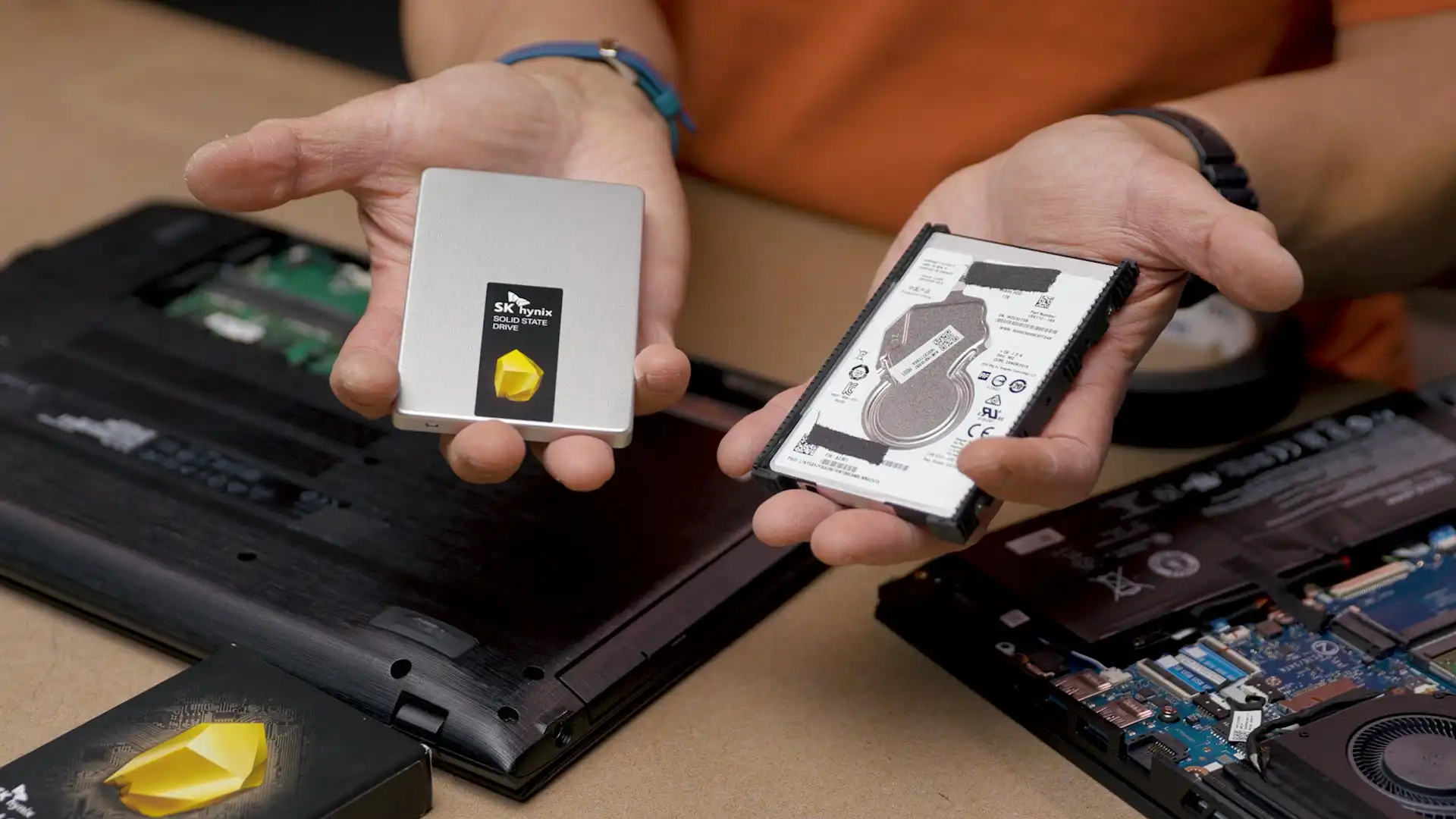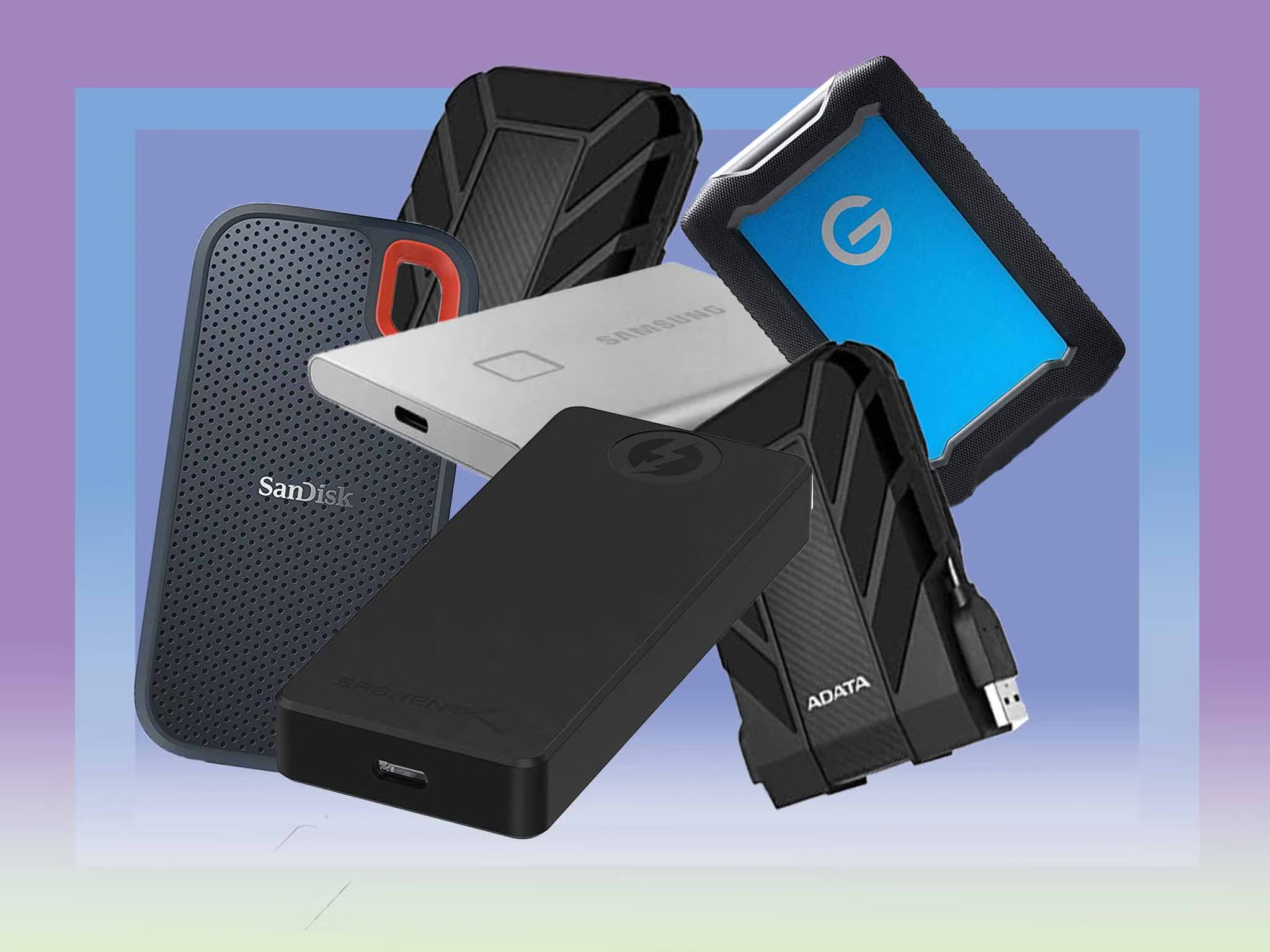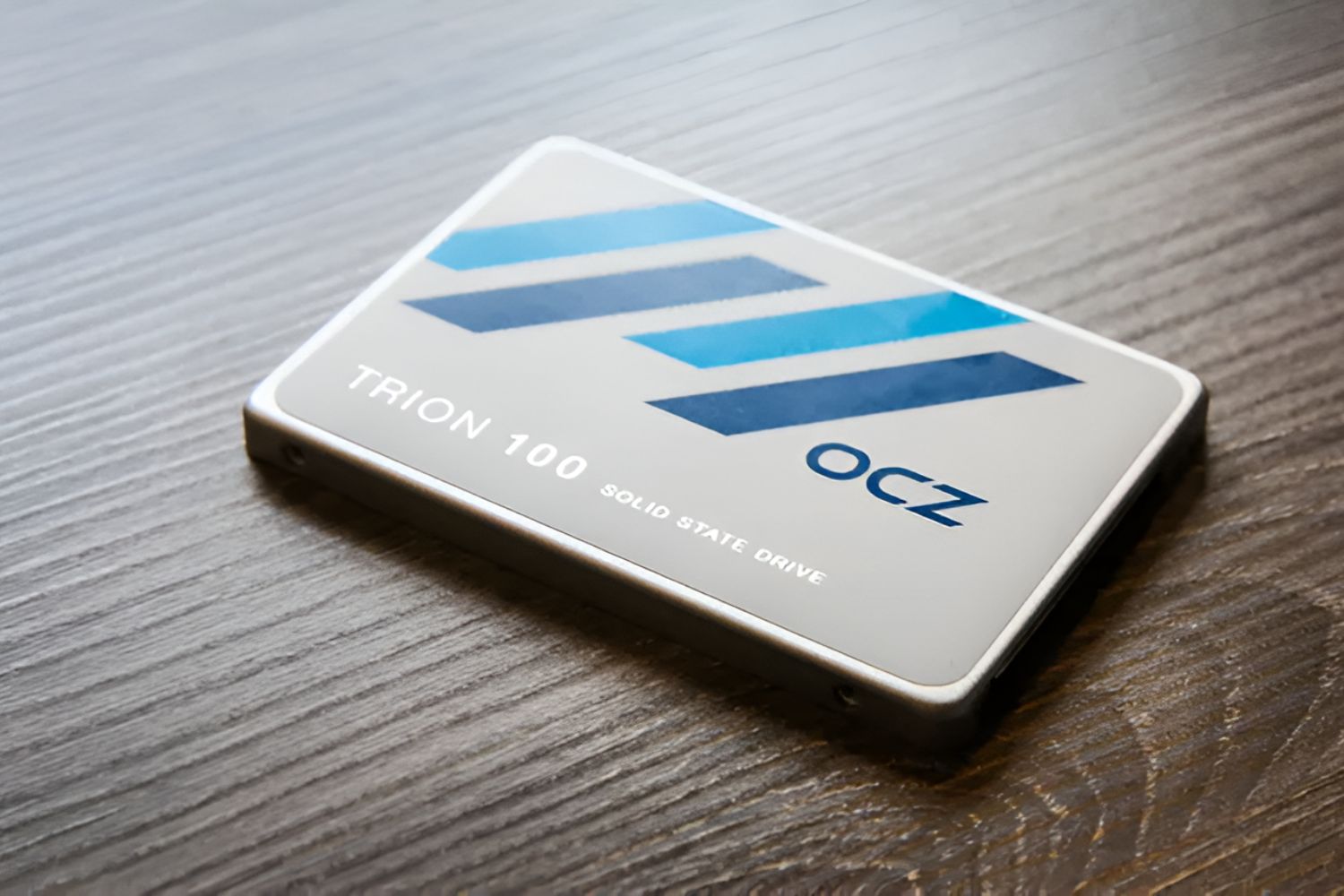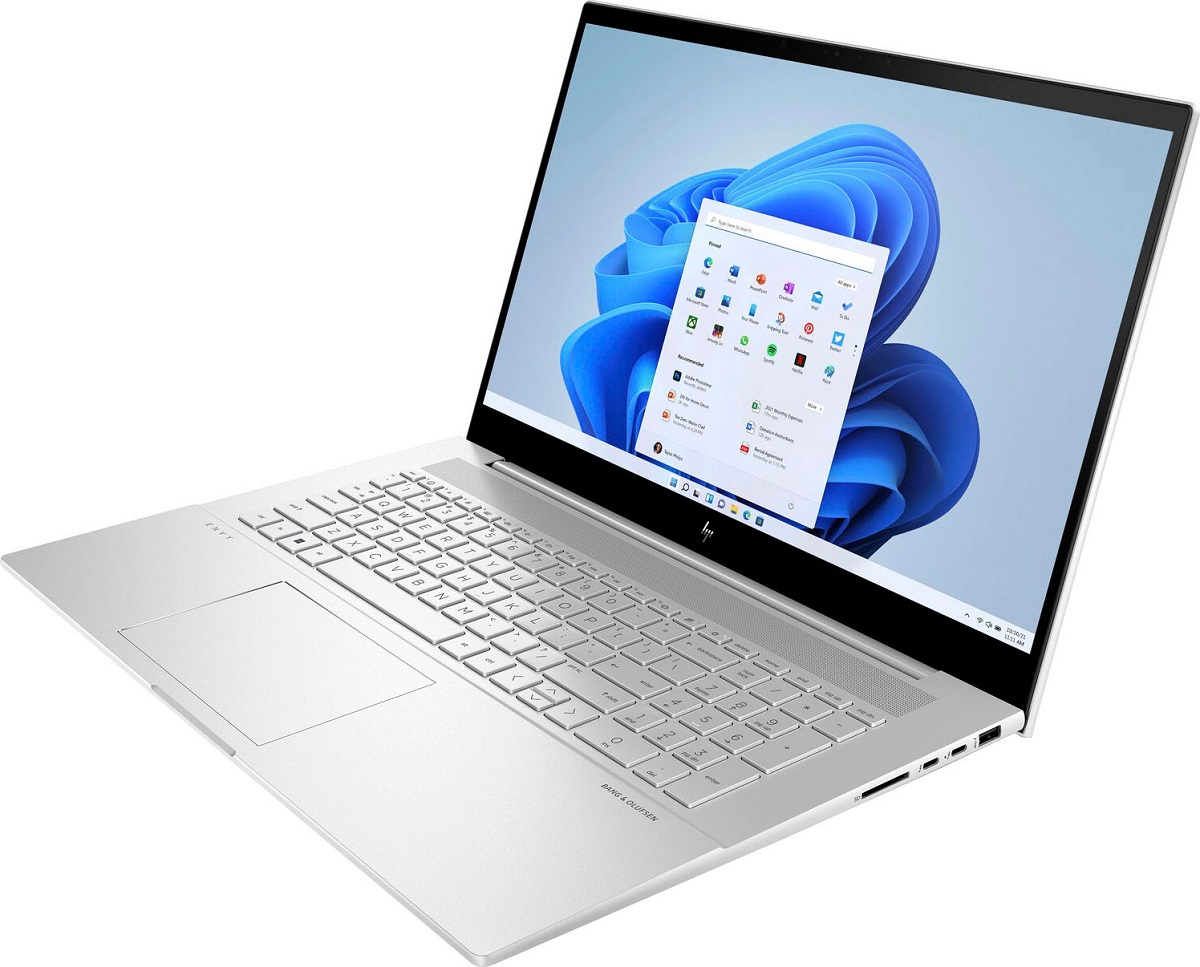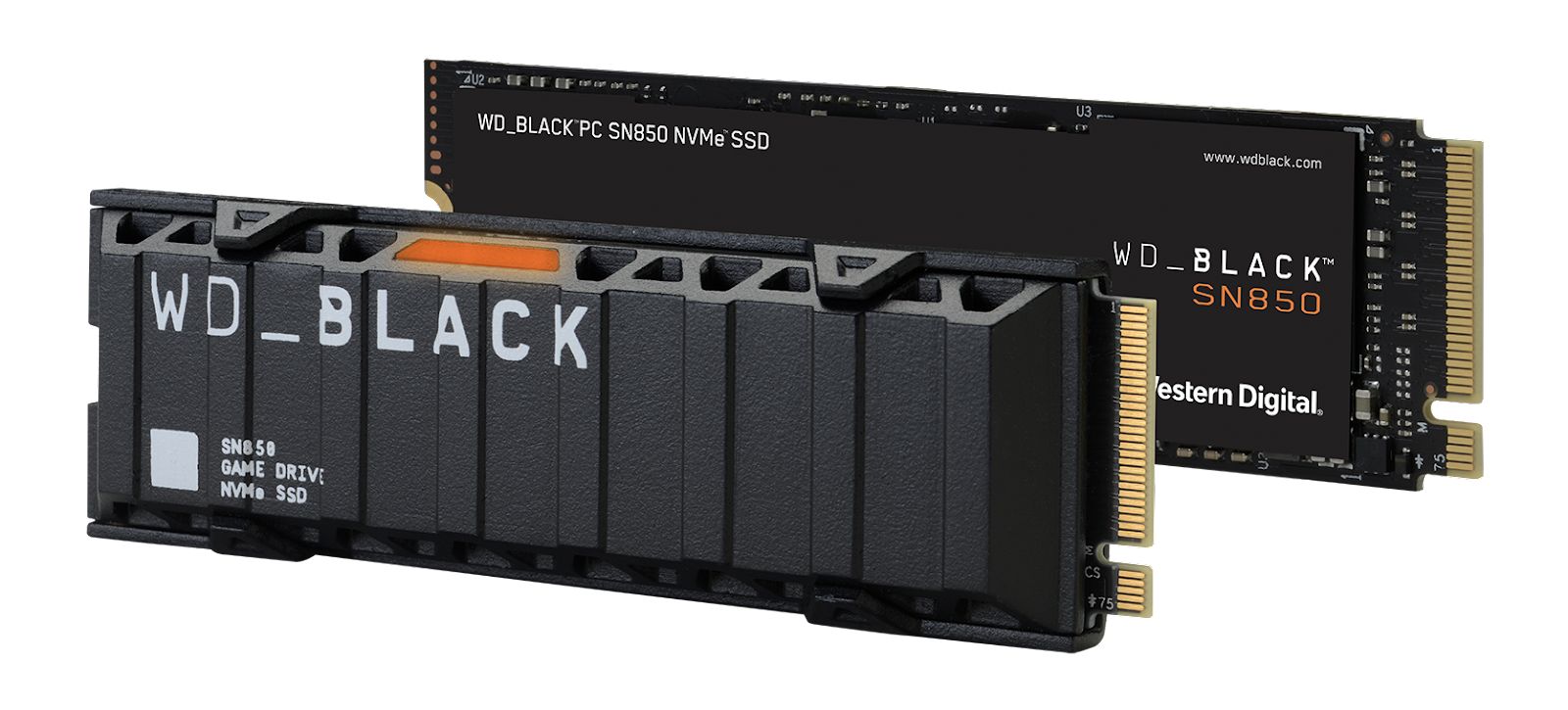Introduction
Welcome to the world of solid-state drives (SSDs)! If you’re looking to upgrade your laptop’s storage and boost its performance, you may be wondering how to find the right SSD that is compatible with your device. With the vast array of options available in the market, it can be overwhelming to navigate through the technical specifications and determine the best fit for your laptop.
In this article, we will guide you through the process of finding an SSD that is compatible with your laptop. We’ll provide you with valuable tips and considerations to ensure a seamless and successful upgrade experience. By the end of this article, you’ll have a clear understanding of how to identify the right SSD for your laptop, matching its specifications and requirements.
Upgrading to an SSD can significantly enhance the performance of your laptop. SSDs offer faster data transfer speeds, quicker boot times, and improved multitasking capabilities compared to traditional hard disk drives (HDDs). So, let’s dive into the steps you can take to determine the SSD compatibility for your laptop.
Check the Laptop Manufacturer’s Website
When it comes to finding compatibility information for your laptop, the first and most reliable source to consult is the official website of the laptop manufacturer. Most reputable laptop manufacturers provide detailed specifications and compatibility guidelines on their websites, making it easy for customers to find the necessary information.
Start by noting down the exact model number of your laptop. This information is usually found on a label on the underside of your device or in the system information section of your laptop’s settings. Once you have the model number, search for it on the manufacturer’s website to locate the product page for your laptop.
On the product page, look for a section or tab that provides details about storage options and upgrades. Here, you should be able to find information regarding the supported storage interfaces, such as SATA or NVMe, and the maximum storage capacity that your laptop can accommodate.
Some laptop manufacturers also provide a list of recommended SSD models that are compatible with your laptop. This can be particularly helpful if you’re not well-versed in the technical specifications of SSDs. By choosing a recommended model, you can have greater confidence that it will work seamlessly with your laptop.
Furthermore, the laptop manufacturer’s website may also have other resources, such as user forums or support sections, where you can find discussions or FAQs about SSD compatibility for your specific laptop model. These resources can provide valuable insights and real-world experiences from other users who have already upgraded their laptops with SSDs.
It’s worth noting that some laptop manufacturers may also have compatibility tools or software available for download on their website. These tools can scan your system and provide you with a list of compatible SSD options. If you’re unsure about the compatibility of your laptop, utilizing these tools can save you time and effort in researching and verifying compatibility manually.
While checking the laptop manufacturer’s website is a great starting point, it’s not the only method to determine SSD compatibility. Let’s explore more considerations in the following sections.
Check the Laptop’s Specifications
In addition to the manufacturer’s website, another important step when determining SSD compatibility is to examine your laptop’s specifications. This will help you understand the specific requirements and limitations of your device.
Start by checking the storage interface of your laptop. The two most common types are SATA (Serial ATA) and NVMe (Non-Volatile Memory express). SATA SSDs are widely available and compatible with most laptops, while NVMe SSDs offer faster speeds but may require a compatible interface.
Next, consider the maximum storage capacity that your laptop can handle. This information can usually be found in the laptop’s user manual or specifications sheet. It’s important to ensure that the SSD you choose is within the supported capacity range.
Additionally, check the physical space available inside your laptop for installing the SSD. Some laptops may have specific slots or bays for storage devices, while others may require removing the existing storage drive to make room for the new SSD. Ensure that there is enough space and the necessary connectors for the SSD to be properly installed.
Take note of any specific requirements or recommendations from the laptop’s specifications as well. For example, some laptops may require a specific form factor, such as M.2 or 2.5-inch, or have limitations on the height or thickness of the SSD. Make sure to adhere to these requirements to ensure a proper and secure fit.
It’s also important to consider the power requirements of the SSD. Some high-performance SSDs may require more power than what the laptop’s original storage device provided. Check if your laptop’s power supply can handle the power demands of the new SSD. If necessary, consider investing in an external power adapter or upgrading the laptop’s power supply.
By carefully examining your laptop’s specifications, you can gather crucial information that will help you select an SSD that is compatible with your device. Keep in mind that while these specifications are important, they should be considered in conjunction with the manufacturer’s recommendations and other factors, as we will discuss in the following sections.
Determine the Interface Type
When choosing an SSD for your laptop, one crucial consideration is the interface type. The interface determines how the SSD communicates with your laptop’s motherboard and affects its performance and compatibility. There are two main interface types to be aware of: SATA and NVMe.
SATA (Serial ATA) is the most common interface for SSDs and is widely supported by laptops and desktops alike. SATA SSDs are known for their reliability and compatibility. They connect to the motherboard via a SATA cable and typically come in the 2.5-inch form factor. SATA SSDs offer faster speeds compared to traditional hard drives (HDDs) but are slower than NVMe SSDs.
On the other hand, NVMe (Non-Volatile Memory Express) is a newer interface specifically designed for SSDs to optimize performance. NVMe SSDs connect directly to the motherboard through the PCIe (Peripheral Component Interconnect Express) slot, which allows for faster data transfer rates and reduced latency. NVMe SSDs come in the smaller M.2 form factor, which is ideal for slim laptops or ultrabooks.
Before choosing an SSD, it’s important to check which interface type is compatible with your laptop. This information can be found in the laptop’s specifications or on the manufacturer’s website. Some laptops may support both SATA and NVMe interfaces, while others may only have one option available.
If your laptop supports both interfaces, you have the flexibility to choose based on your specific needs. Consider the performance requirements and budget constraints when selecting between SATA and NVMe SSDs. NVMe SSDs are generally faster and more expensive, making them suitable for tasks that require high-speed data transfer, such as gaming or video editing. SATA SSDs, on the other hand, offer a more affordable option for everyday tasks and general computing needs.
It’s worth noting that if your laptop only supports SATA, you won’t be able to install an NVMe SSD unless you upgrade or replace the motherboard. However, if your laptop supports NVMe, you can still use a SATA SSD, although you won’t be able to harness the full performance benefits that an NVMe SSD provides.
Understanding the interface type and its compatibility with your laptop is crucial in selecting a compatible SSD. It ensures that the SSD will fit and function properly within your device, providing the desired performance improvements and storage capacity.
Consider the Form Factor
When choosing an SSD for your laptop, it’s important to consider the form factor of the drive. The form factor refers to the physical size and shape of the SSD, and it plays a crucial role in compatibility with your laptop.
There are two common form factors for SSDs: 2.5-inch and M.2. The 2.5-inch form factor is similar in size to a traditional laptop hard drive and is designed to fit into the drive bays meant for hard drives. These SSDs have a rectangular shape with standardized dimensions, making them compatible with a wide range of laptops that have 2.5-inch drive bays.
On the other hand, M.2 SSDs are much smaller and more compact. They are designed for ultrabooks and thin laptops that have limited space for storage drives. M.2 SSDs connect directly to the motherboard via an M.2 slot, eliminating the need for cables and providing a more streamlined and space-efficient design. M.2 SSDs come in different lengths, referred to as 2242, 2260, and 2280, which correspond to the dimensions of the drive.
Before selecting an SSD, check the form factor supported by your laptop. This information can usually be found in the laptop’s specifications or on the manufacturer’s website. Some laptops may support both 2.5-inch and M.2 form factors, while others may only have one option available.
If your laptop supports both form factors, consider the available space and the design of your laptop. If you have a traditional laptop with a 2.5-inch drive bay, a 2.5-inch SSD is a suitable choice. On the other hand, if you have a slim and lightweight laptop, an M.2 SSD can be a better fit due to its compact size and direct motherboard connection.
One important consideration when choosing an M.2 SSD is the length of the drive. Make sure that the M.2 slot in your laptop is compatible with the length of the SSD you plan to purchase. Usually, M.2 slots support multiple lengths, but it’s always recommended to double-check the specifications to avoid any compatibility issues.
It’s worth noting that some laptops may require additional accessories or brackets to install an SSD in the desired form factor. For example, if your laptop only has a 2.5-inch drive bay and you want to install an M.2 SSD, you may need an adapter or converter to fit the M.2 SSD into the 2.5-inch bay.
Considering the form factor of the SSD ensures that it will physically fit inside your laptop and be compatible with the available storage drive slots. By choosing the right form factor, you can ensure a seamless installation and utilization of the SSD in your laptop.
Determine the Capacity and Speed Requirements
When choosing an SSD for your laptop, it’s important to consider both the capacity and speed requirements to meet your storage and performance needs.
Start by evaluating your storage requirements. Determine how much storage space you need based on your usage patterns and the types of files you typically work with. Consider the size of your current storage drive and whether you require more or less storage capacity.
SSDs come in a range of capacities, from smaller options like 128GB or 256GB for basic storage needs, to larger capacities like 500GB, 1TB, or even 2TB for users who require ample storage space for multimedia files, large applications, or extensive data storage.
It’s important to note that the capacity of an SSD can affect its price. Larger capacity drives tend to be more expensive, so it’s essential to strike a balance between your storage needs and your budget.
In addition to capacity, consider the speed requirements for your specific usage. SSDs offer faster data transfer speeds compared to traditional hard disk drives (HDDs). The speed of an SSD can be determined by factors like the interface type (SATA or NVMe), the quality and technology used in the SSD controller, and the type of NAND flash memory used.
If you use your laptop for tasks that require quick data access, such as video editing, gaming, or running demanding applications, opting for a faster SSD can greatly improve the overall performance of your laptop. NVMe SSDs typically offer higher speeds compared to SATA SSDs, but they may come at a higher price point.
However, if your usage is primarily focused on everyday tasks like web browsing, document editing, or casual media consumption, a standard SATA SSD should provide sufficient speed and responsiveness.
When determining the capacity and speed requirements, consider your current usage patterns as well as future needs. It’s advisable to have some headroom for future growth, especially if you anticipate your storage requirements to increase over time. Additionally, keep in mind that SSDs tend to perform better when they are not filled to their maximum capacity, so leaving some free space on the drive is recommended.
By evaluating your storage and speed requirements, you can confidently choose an SSD that matches your specific needs and provides the necessary performance and storage capacity for your laptop.
Consider the Budget
When choosing an SSD for your laptop, it’s important to consider your budget. SSD prices can vary significantly based on factors such as brand, capacity, and performance. Setting a budget beforehand will help you narrow down your options and find the best SSD within your financial means.
Start by determining how much you’re willing to spend on an SSD upgrade. Consider the value you place on the increased performance, faster boot times, and improved overall responsiveness that an SSD can provide. Keep in mind that SSDs generally offer a significant performance boost compared to traditional hard disk drives (HDDs), so investing in a higher-quality SSD can result in a more noticeable improvement in your laptop’s performance.
Next, compare the prices of different SSD models and brands. Take note of the capacity and speed specifications as well, as these can greatly impact the overall cost. Higher capacity and faster SSDs tend to be more expensive, so make sure to strike a balance between your requirements and budget.
It’s also worth considering the warranty period offered by the SSD manufacturer. A longer warranty indicates the manufacturer’s confidence in the quality and durability of their product. While the upfront cost may be higher for SSDs with longer warranties, it can provide peace of mind knowing that your investment is protected.
Additionally, be on the lookout for any ongoing sales or promotions on SSDs. Many retailers or online platforms offer deals and discounts on storage devices, allowing you to get a higher-quality SSD within your budget. Comparing prices across different sources can help you find the best deal.
While it may be tempting to opt for the cheapest SSD available, keep in mind that the performance and reliability of the drive can vary. It’s important to strike a balance between quality and affordability. Choosing a reputable brand and model that fits your budget ensures that you’re getting a reliable and high-performing SSD that will meet your needs for an extended period.
By considering your budget, comparing prices, and weighing the value of performance improvements, you can find an SSD that provides the best combination of price, capacity, and speed for your laptop upgrade.
Check for Compatibility Tools or Software
Checking for compatibility tools or software is another helpful step when determining the compatibility of an SSD with your laptop. Some laptop manufacturers provide specialized tools or software to assist users in finding compatible SSD options.
These compatibility tools typically scan your laptop’s hardware and provide a list of recommended SSD models that are known to be compatible. They take into account factors such as interface type, form factor, and capacity requirements specific to your laptop model.
To check for compatibility tools or software, visit the manufacturer’s website and navigate to the support or downloads section. Look for any SSD compatibility tools specifically designed for your laptop model. Download and install the tool, and follow the instructions provided to initiate the compatibility check.
These tools can be invaluable, especially if you’re unsure about the technical specifications or compatibility requirements of your laptop. They save you the time and effort of manually researching compatibility information and provide a reliable, manufacturer-approved list of compatible SSD options.
It’s important to note that not all laptop manufacturers offer compatibility tools or software. If you cannot find any official tools, consider reaching out to the manufacturer’s customer support for assistance. They may be able to provide guidance or recommendations based on your specific laptop model and requirements.
In addition to manufacturer-provided tools, there are also third-party compatibility tools available online. These tools are designed to scan your laptop’s hardware and provide a list of compatible SSDs across various brands. While these tools can be helpful, it’s always advisable to consult the manufacturer’s recommendations and specifications for the most accurate and reliable information.
By using compatibility tools or software, you can ensure that the SSD you choose is officially supported and compatible with your laptop. This minimizes the risk of compatibility issues and ensures a smooth and successful upgrade process.
Seek Expert Assistance if Needed
If you’re still unsure about the compatibility of an SSD with your laptop or find the process overwhelming, don’t hesitate to seek expert assistance. There are several ways you can reach out for help and ensure that you make the right decision.
One option is to consult with a computer technician or a professional specializing in laptop upgrades. They have the expertise and knowledge to assess your laptop’s specifications and recommend compatible SSD options based on your specific requirements.
Alternatively, you can seek assistance from online communities or forums dedicated to laptop upgrades and SSD installations. These communities are often filled with experienced individuals who can offer guidance and share their personal experiences with different laptop models and SSD installations. Explaining your specific laptop model and requirements can help community members provide valuable insights and recommendations.
Additionally, some SSD manufacturers have dedicated customer support representatives available to address compatibility queries. Reach out to the manufacturer’s support team through email, live chat, or phone and provide them with your laptop model and specific requirements. They can provide guidance on finding compatible SSDs and address any concerns or questions you may have.
It’s crucial to provide as much accurate information as possible when seeking expert assistance. Make sure to have your laptop model number, specifications, and any relevant details ready. This will help the experts better understand your needs and provide tailored recommendations.
Remember, seeking expert assistance can save you time, minimize compatibility risks, and ensure that you make an informed decision when choosing an SSD for your laptop. Don’t hesitate to leverage the expertise of professionals or knowledgeable individuals who can guide you through the process.
Conclusion
Choosing an SSD that is compatible with your laptop is essential for a successful upgrade. By following the steps outlined in this article, you can confidently navigate the process and find the right SSD to enhance your laptop’s performance and storage capacity.
Start by checking the laptop manufacturer’s website for compatibility information and recommended SSD models. This is a reliable source that provides specific details about your laptop’s storage options.
Next, examine your laptop’s specifications, including the storage interface, maximum capacity, and physical space available. Understanding these details will help ensure a proper fit and installation of the SSD.
Determine the interface type, whether SATA or NVMe, that is supported by your laptop. This decision will impact the performance and compatibility of the SSD.
Consider the form factor of the SSD, such as 2.5-inch or M.2, to ensure it physically fits inside your laptop. Take note of any additional accessories needed for installation.
Evaluate your capacity and speed requirements based on your usage patterns. Choose an SSD with adequate storage capacity and the desired level of performance.
Take your budget into account and compare prices to find an SSD that offers the best value for your investment. Consider factors such as warranty and brand reputation as well.
If needed, utilize compatibility tools or seek expert assistance to ensure the SSD you choose is officially supported and compatible with your laptop.
By following these steps and considering all the relevant factors, you can confidently select an SSD that fits your laptop’s specifications, boosts its performance, and provides ample storage space for your needs.
Upgrade your laptop with a compatible SSD and unlock a whole new level of speed, responsiveness, and storage capacity. Enjoy the benefits of faster boot times, improved multitasking, and enhanced overall performance.
Remember, if you’re uncertain or have any questions along the way, don’t hesitate to seek assistance from professionals or online communities dedicated to laptop upgrades. Their expertise and guidance can make the process even smoother.
So, go ahead and embark on your SSD upgrade journey, and enjoy a faster and more efficient computing experience with your newly compatible SSD!







